IN NUMBERS: The staggering stats behind the development of the all-new 2022 car

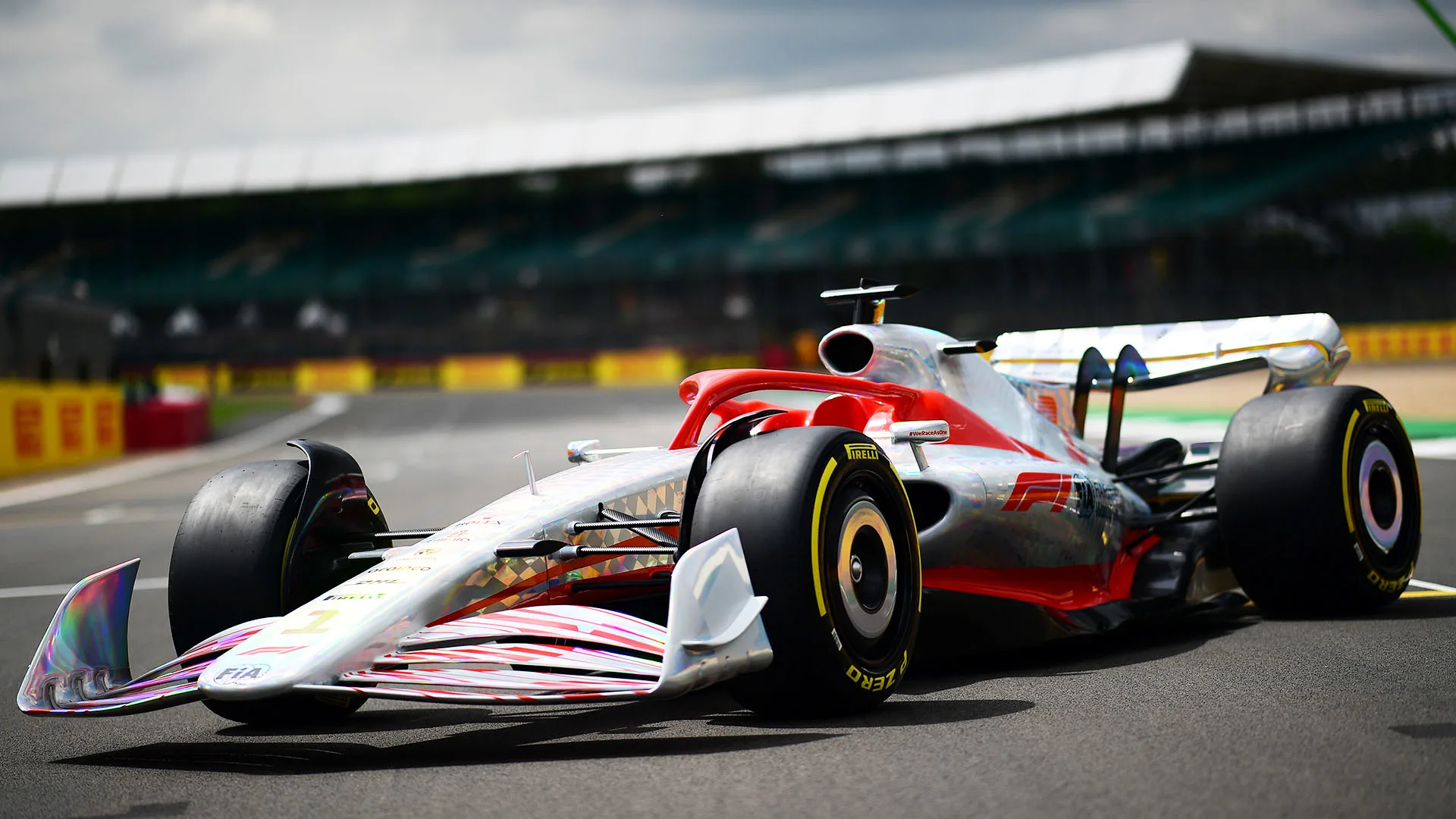
We’re set for a 23-race season in which 20 drivers will face-off for the ultimate prize, with 10 teams vying for constructors’ championship supremacy. Everything changes in 2022, however, with a brand-new set of regulations facing the teams.
It’s taken an unprecedented amount of research by F1’s Motorsport team to produce the new machines. So, ahead of the start of the new seasion, we've broken down the 2022 car into numbers – with the help of the FIA's Head of Aerodynamics Jason Somerville and F1 Chief Technical Officer Pat Symonds.
READ MORE: 8 reasons the pecking order could be shaken up in 2022
Symonds explains the philosophy that led to this groundbreaking 2022 F1 car: "For the first time, when we set up this operation in 2017 actually, with a view of looking at the 2021 car [which was delayed due to the global pandemic], we have thrown heaps of resources, we have thrown millions of pounds at it – which again has never been done before. We’ve researched it to death!
"We’ve been very self-critical, we’ve engaged teams – allowed them to be critical – so never before has this amount of work gone into regulations on anything, whether that be aerodynamics, tyres, engine. Anything."
Here are the salient stats and numbers to get you excited for the new breed of F1 cars.
500,000
Gigabytes, that is. Or half a petabyte. That’s the amount of data accumulated by the F1 Motorsport team during the Computational Fluid Dynamics (CFD) cases. CFD cases are a computational model of the entire prototype car (or pair of cars), which simulates the airflow in and around the car, enabling the F1 Motorsport team to accurately quantify the aerodynamic influence of the geometric changes they have made.
To illustrate just how staggering a figure half a petabyte is, a DVD takes up just under five gigabytes. Half a million gigabytes would fill up 10 million four-drawer filing cabinets with text, or account for a third of the photographs on Facebook.
READ MORE: How the rear wing of the 2022 car has been designed to be an F1 gamechanger
471
That's how many years it would take for a high-spec home computer using an Intel i9 processor to work its way through the 16.5 million core hours of computing clocked up by the Motorsport team.
"Our CFD models range from 150 to 600 million cells and run on high-specification AWS [Amazon Web Services] cloud computing systems," says Somerville. "The fastest F1 simulation results are returned to us within 2.5 hours of submitting the case."
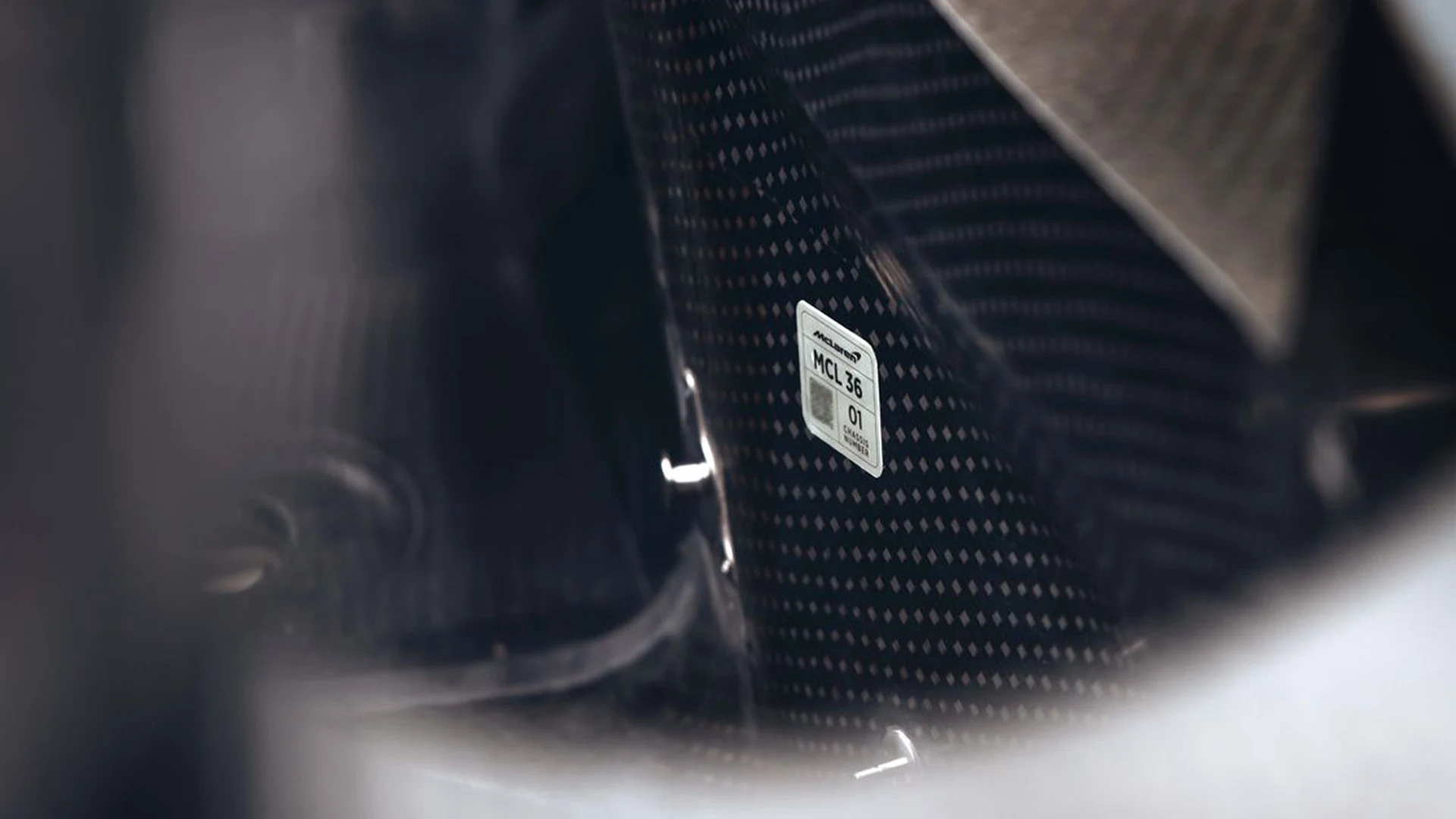
READ MORE: 7 key rule changes for the 2022 season
140
Million dollars: That’s the cost cap for every team on the grid this season. That number ($142.4m in 2022 to be exact) does exclude some things like marketing costs, but it’s a crucial figure. The objective here is to make for a more level playing field.
50
Percent, which is the peak thermal efficiency of the turbo-hybrid power units. Before 2014, that number stood at just 32% for Formula 1 engines – and the best road cars have a thermal efficiency with a percentage that hovers around the low to mid-40s.
40
Years, or four decades, since the last ground effect cars raced in F1. Ground effect is downforce produced by the undersides of the cars, and this year sees 3D floors keeping cars glued to the floor along with the work of the front and rear wings.
Crucially, the loss of downforce when one car is following another is lower than it was in 2021 (more on that number in a bit), which should make for closer racing.
READ MORE: Why new floors should help enhance F1's wheel-to-wheel action in 2022
20
Twenty different car concepts were produced by the F1 Motorsport team, each one assigned a letter of the phonetic alphabet. The final show car was titled 'Uniform'.
However, that number quickly spirals into the thousands when you take a more granular view, as aerodynamics head Somerville explains: "There were 20 formal baseline iterations, but each baseline step comprised hundreds of individual CFD simulations, where the design was continually developed and refined. Overall, we conducted over 10,000 CFD simulations!"
18
Inches – the size of the 2022 F1 tyres supplied by Pirelli. The tyres were redesigned from scratch, with more than 10,000 hours of indoor testing, 5,000 hours of simulation, and 70 virtual prototypes produced before nine teams tested them for 20,000 kilometres in 2021. The result is a wider working range than the 13-inch predecessors, limited overheating and reduced degradation.
READ MORE: 2022 18-inch tyres a ‘huge achievement’ says Pirelli boss as he reveals test findings
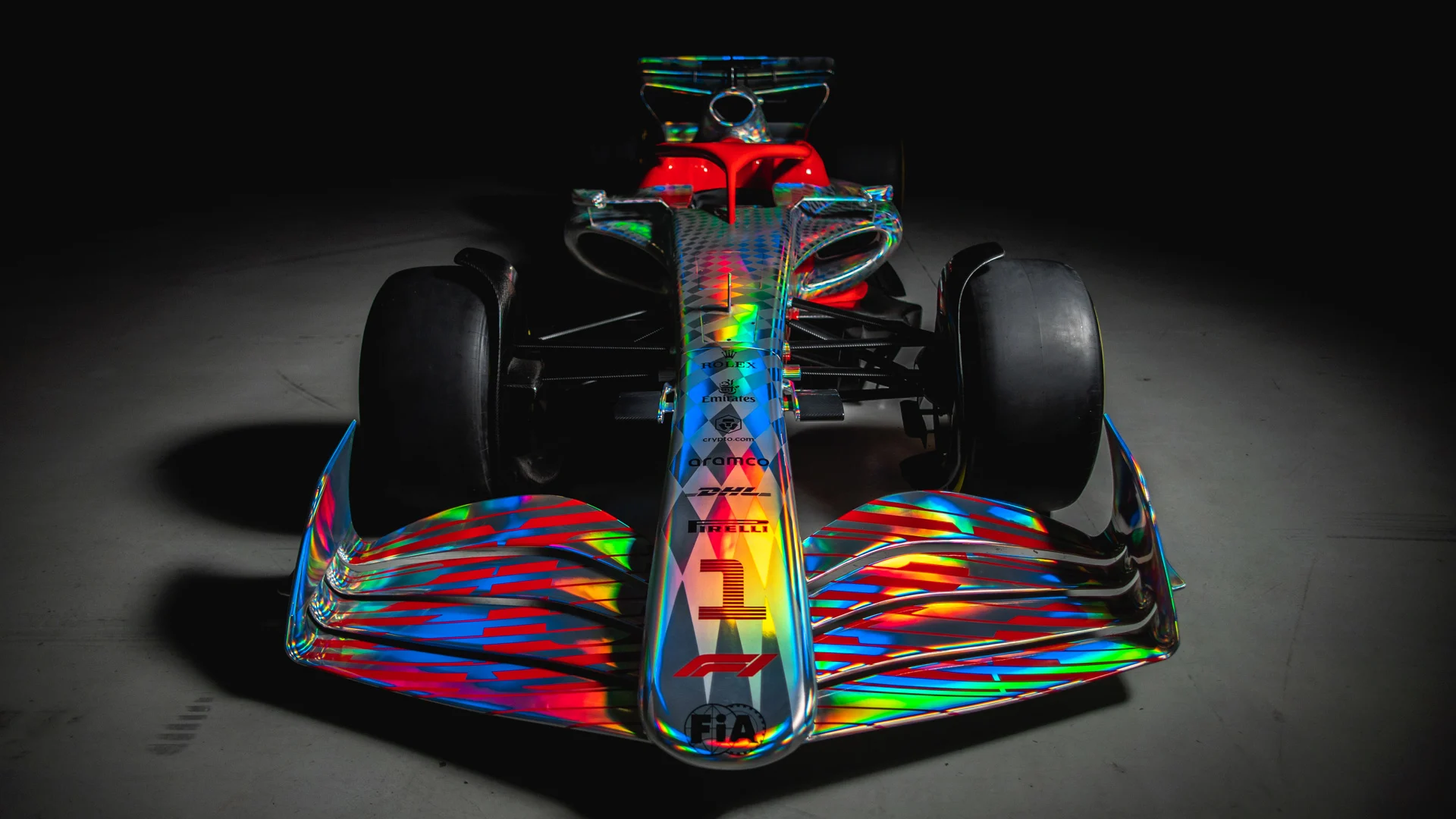
10
The percentage of E10 fuel containing bio-components – part of Formula 1’s push for sustainability and aim of being Net Zero Carbon by 2030. That proportion of biofuel is the one that emits next to nothing when it comes to carbon dioxide, and F1 are aiming to go much further, targeting a move to 100% biofuel in the future.
4
Percent: this time the simulated loss of downforce when a 2022 F1 car is 20 metres behind another. In 2021, that figure was estimated to be around 35%. The loss of downforce rises to 18% when a 2022-spec car is behind another, compared to 46% when one 2021 car was behind another.
As for the number of people and hours of work involved in producing the final 2022 F1 car concept, that rises from the "handful" of experienced F1 engineers including Somerville and Symonds, who headed up the F1 Motorsport team, when you factor in the work of contractors, consultants, and F1 teams' own engineers.
That staggering body of work and the resultant numbers should add up to some incredible action this season, the longest in F1’s history with 23 Grands Prix, and one driver crowned at the end of it all…
Everything you need for the 2022 Formula 1 season
DIARY DATES: The 2022 F1 calendar and F1 car launch schedule
WATCH: Everything you need to know about the new 2022 F1 car
2022 F1 GRID – All the drivers and teams racing this season
10 things every Formula 1 fan should be excited for in 2022
5 bold predictions for the 2022 season – but how many will come true?
Next Up
Related Articles
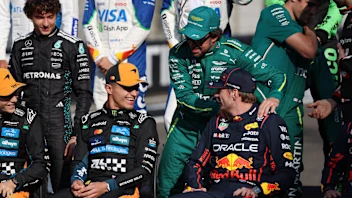 ExclusiveThe F1 team bosses choose their top 10 drivers of 2025
ExclusiveThe F1 team bosses choose their top 10 drivers of 2025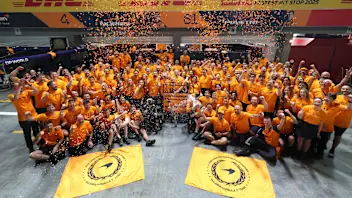 PalmerJolyon Palmer picks his top performers in 2025
PalmerJolyon Palmer picks his top performers in 2025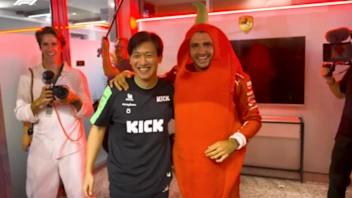 The best moments from F1 Secret Santa over the years
The best moments from F1 Secret Santa over the years Watch as the F1 grid does Secret Santa for 2025
Watch as the F1 grid does Secret Santa for 2025 Hinchcliffe'History shows Piastri will be even better in 2026'
Hinchcliffe'History shows Piastri will be even better in 2026'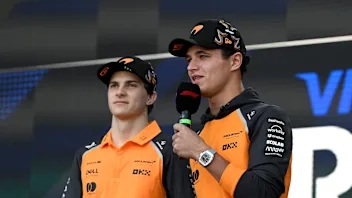 Piastri not expecting Norris’ title to change dynamics
Piastri not expecting Norris’ title to change dynamics